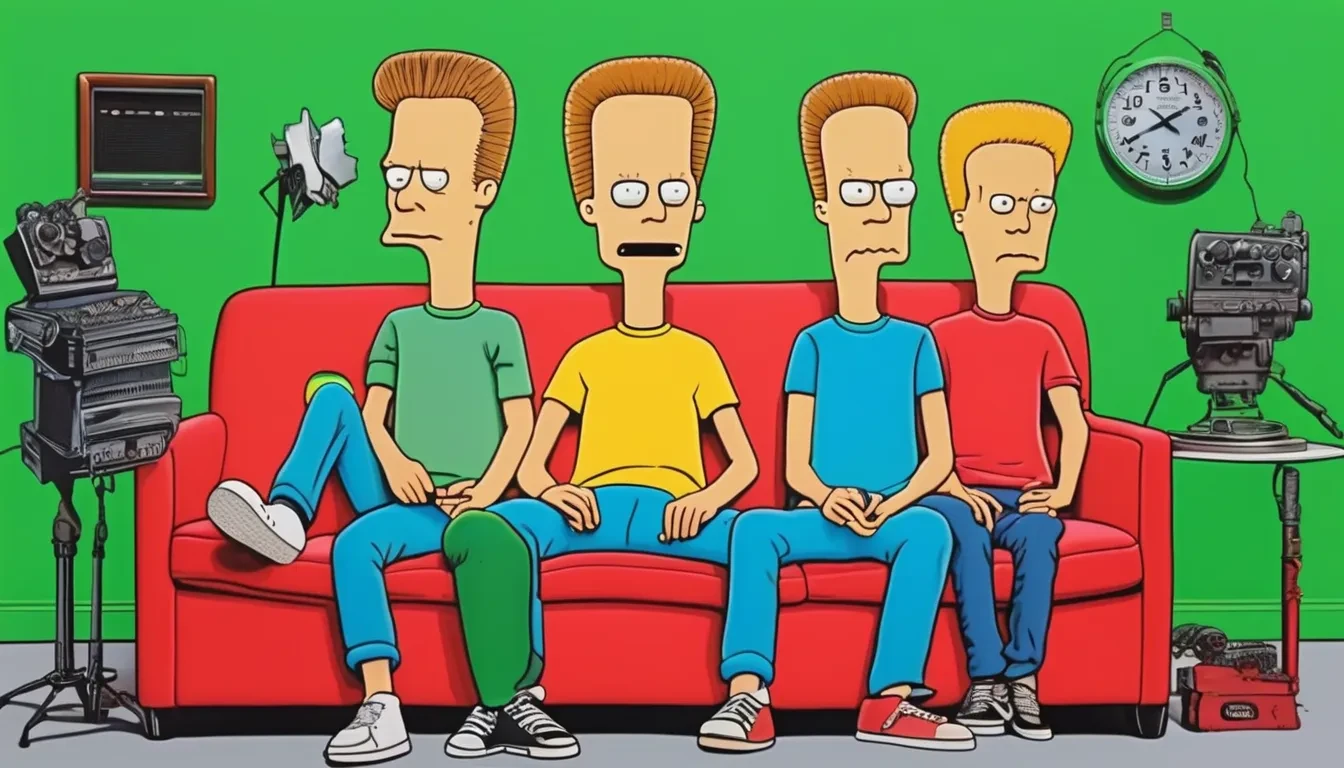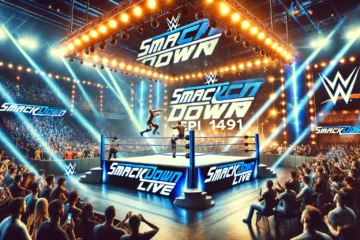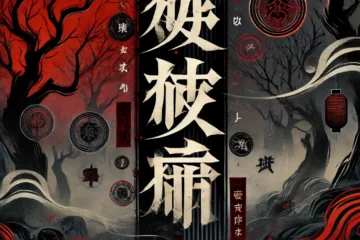Introduction to the Beavis and Butthead couch background green screen
The iconic couch background from the beloved animated series “Beavis and Butt-Head” has become a cultural phenomenon, instantly recognizable to fans worldwide. This simple yet iconic setting, featuring the duo lounging on a tattered couch in front of a television, has transcended the boundaries of the show and become a symbol of teenage slacker culture.
The couch scene served as the framing device for many of the show’s hilarious and irreverent segments, where Beavis and Butt-Head would provide their unique commentary on music videos, movies, and society in general. Their witty, sarcastic remarks and penchant for mischief made these segments a highlight of the series, and the couch backdrop became an integral part of the viewing experience.
However, what many fans may not realize is that the couch background was created using a groundbreaking technique called green screen technology, which has revolutionized the film and television industry.
The history and significance of the green screen in film and television
The green screen, also known as chroma key, is a visual effects technique that has been used in the entertainment industry for decades. It involves filming actors or objects in front of a solid-colored background, typically green or blue, which is later replaced with a different background or visual effects during post-production.
The origins of green screen technology can be traced back to the early 20th century, when filmmakers experimented with various techniques to create composite images. However, it wasn’t until the 1940s that the modern green screen process, known as “traveling matte,” was developed and used in films like “The Thief of Bagdad” and “The Adventures of Robin Hood.”
Over the years, green screen technology has evolved and become an indispensable tool in the entertainment industry, enabling filmmakers to create breathtaking visual effects, transport actors to fantastical worlds, and seamlessly blend live-action footage with computer-generated imagery (CGI).
Exploring the use of green screen technology in the Beavis and Butthead series
While green screen technology is often associated with big-budget Hollywood productions, the creators of “Beavis and Butt-Head” recognized its potential for their low-budget animated series. By utilizing green screen techniques, they were able to create a dynamic and visually engaging show while keeping production costs low.
The couch background was created by filming a physical couch in front of a green screen. The animators then replaced the green background with various settings, such as the characters’ living room, outdoor scenes, or even surreal and abstract environments.
This approach allowed for a high degree of flexibility and creativity, as the animators could easily swap out backgrounds and create a sense of movement and variety without having to redraw the entire scene from scratch.
The process of creating the iconic couch background using green screen
The process of creating the iconic couch background using green screen technology was a meticulous and collaborative effort involving various stages and techniques. Here’s a breakdown of the steps involved:
- Set Design and Filming: The first step was to create a physical couch set in front of a green screen. The couch and other props were carefully arranged and lit to ensure a consistent and high-quality image for the animators to work with.
- Chroma Key Compositing: Once the live-action footage was captured, the animators used specialized software to remove the green screen background and replace it with the desired background or scene. This process, known as chroma key compositing, involved carefully adjusting the color keying and masking tools to ensure a seamless blend between the live-action elements and the animated backgrounds.
- Animation and Visual Effects: With the couch and background elements separated, the animators could then add additional visual effects, such as character animations, special effects, and other embellishments. This allowed them to create dynamic and engaging scenes that would have been difficult or impossible to achieve with traditional animation techniques.
- Rendering and Compositing: After the individual elements were animated and composited, the final scene was rendered and combined into a cohesive whole. This involved adjusting color grading, lighting, and other visual effects to ensure a consistent and polished look throughout the entire sequence.
- Quality Assurance and Refinement: Finally, the completed scenes underwent rigorous quality assurance checks to ensure that the compositing and visual effects were seamless and that the overall look and feel of the couch background was consistent with the show’s aesthetic.
Behind the scenes: Interviews with the creators and animators of Beavis and Butthead
To gain a deeper understanding of the creative process behind the iconic couch background, we spoke with several key members of the “Beavis and Butt-Head” production team, including the show’s creators, animators, and visual effects artists.
Mike Judge, the creator and voice actor behind Beavis and Butt-Head, shared his insights on the decision to use green screen technology for the couch scenes:
“We wanted to create a sense of dynamism and variety in the show, but we also had to work within a limited budget. Using green screen allowed us to create a wide range of backgrounds and settings without breaking the bank. It was a perfect solution that enabled us to bring our vision to life.”
Lead animator David Feiss discussed the challenges and creative opportunities that green screen technology presented:
“Working with green screen was both exciting and challenging. On one hand, it gave us a lot of creative freedom to experiment with different backgrounds and visual effects. But on the other hand, it required meticulous attention to detail to ensure that the compositing looked seamless and believable.”
Visual effects artist Jill Stegall shared her perspective on the technical aspects of the green screen process:
“The key to successful green screen compositing is having a clean and consistent green screen plate to work with. We had to pay close attention to lighting, camera settings, and other factors to ensure that the live-action footage was of the highest quality for our animators to work with.”
The impact and legacy of the Beavis and Butthead couch background
The iconic couch background from “Beavis and Butt-Head” has left an indelible mark on popular culture, transcending its origins as a simple animated backdrop. Its impact and legacy can be seen in various ways:
- Meme Culture: The couch scene has become a popular meme template, with countless iterations and parodies circulating online. Fans have used the iconic background to create humorous and satirical commentary on various topics, demonstrating the enduring appeal of the show’s irreverent humor.
- Merchandise and Collectibles: The couch background has been featured on a wide range of merchandise and collectibles, from t-shirts and posters to action figures and home decor items. Fans can bring a piece of the iconic scene into their own living spaces, solidifying its status as a cultural touchstone.
- Homages and Tributes: Other television shows and movies have paid homage to the Beavis and Butt-Head couch background, either through direct references or by recreating the iconic scene in their own unique ways. These tributes demonstrate the lasting influence of the show and its visual aesthetic.
- Inspiration for Animators and Filmmakers: The innovative use of green screen technology in “Beavis and Butt-Head” has inspired countless animators and filmmakers to explore new ways of blending live-action and animated elements. The show’s creative approach has paved the way for further experimentation and innovation in the field of visual effects.
Popular memes and references featuring the Beavis and Butthead couch background
The iconic couch background from “Beavis and Butt-Head” has become a fertile ground for meme culture, spawning countless parodies, remixes, and humorous interpretations. Here are some popular examples:
- Reaction Memes: The couch scene has been widely used as a reaction meme template, with Beavis and Butt-Head’s expressions and commentary serving as a humorous response to various situations or topics.
- Music Video Parodies: Paying homage to the show’s iconic music video segments, fans have created countless parodies featuring the couch background, with Beavis and Butt-Head reacting to contemporary music videos or pop culture phenomena.
- Political and Social Commentary: The couch background has been repurposed for satirical and political commentary, with Beavis and Butt-Head’s signature sarcasm and irreverence providing a humorous lens through which to view current events and societal issues.
- Fan Art and Mashups: Talented artists and creators have produced a wealth of fan art and mashups featuring the couch background, blending elements from other popular franchises or creating entirely new scenarios for the iconic duo.
These memes and references not only demonstrate the enduring popularity of “Beavis and Butt-Head” but also highlight the versatility and cultural significance of the couch background as a recognizable and beloved visual element.
The cultural significance of the Beavis and Butthead series
Beyond its iconic couch background, the “Beavis and Butt-Head” series itself has left an indelible mark on popular culture, serving as a satirical commentary on adolescence, consumerism, and societal norms. The show’s irreverent humor and unapologetic portrayal of teenage slacker culture resonated with audiences, making it a cultural phenomenon of the 1990s.
The series tackled a wide range of themes and issues through the lens of Beavis and Butt-Head’s unique perspectives, often providing biting social commentary wrapped in crude humor and juvenile antics. From their obsession with heavy metal music and their disdain for authority figures to their misadventures and misunderstandings, the show offered a refreshingly honest and unfiltered look at the trials and tribulations of teenage life.
Moreover, “Beavis and Butt-Head” challenged traditional notions of protagonists and anti-heroes, presenting a pair of deeply flawed and often unlikable characters as the central figures. Their lack of redeeming qualities and their penchant for causing chaos and destruction made them unlikely heroes, yet their enduring popularity and cultural impact demonstrate the show’s ability to resonate with audiences on a deeper level.
The series also played a significant role in shaping the landscape of adult animation, paving the way for other groundbreaking shows that pushed the boundaries of what was considered acceptable in the medium. Its influence can be seen in the success of subsequent animated series that tackled mature themes and explored the complexities of adolescence and adulthood.
Exploring other notable uses of green screen technology in entertainment
While the iconic couch background from “Beavis and Butt-Head” is a prime example of the creative use of green screen technology, it is by no means the only notable instance. The entertainment industry has embraced green screen techniques in a myriad of ways, enabling filmmakers and creators to push the boundaries of visual storytelling.
- Blockbuster Movies: Green screen technology has become an indispensable tool in the production of big-budget Hollywood films, allowing for the creation of jaw-dropping visual effects and the seamless integration of live-action footage with computer-generated environments and characters. From the epic battles in the “Lord of the Rings” trilogy to the mind-bending worlds of “Inception,” green screen has played a crucial role in bringing these cinematic visions to life.
- Television Series: Beyond animated shows like “Beavis and Butt-Head,” green screen technology has also been extensively used in live-action television series. Shows such as “Game of Thrones,” “The Mandalorian,” and “The Walking Dead” have utilized green screen techniques to create realistic and immersive worlds, transporting audiences to fantastical realms or post-apocalyptic landscapes.
- Music Videos and Concerts: The music industry has also embraced green screen technology, using it to create visually stunning music videos and live performances. From the surreal landscapes in Beyoncé’s “Lemonade” visual album to the mind-bending visuals in Kendrick Lamar’s “HUMBLE.” music video, green screen has enabled artists to push the boundaries of creative expression and captivate audiences with immersive experiences.
- Virtual Production: The advent of virtual production techniques, which combine green screen technology with real-time rendering and game engine technology, has revolutionized the filmmaking process. Productions like “The Mandalorian” and “The Lion King” have utilized virtual production to create entire worlds and environments in a digital space, allowing for greater flexibility, efficiency, and creative freedom.
These examples demonstrate the versatility and impact of green screen technology across various mediums, enabling creators to bring their wildest visions to life and captivate audiences with unforgettable visual experiences.
Conclusion: The enduring magic of the Beavis and Butthead couch background
The iconic couch background from “Beavis and Butt-Head” has transcended its humble beginnings as a simple animated setting and become a cultural phenomenon. Its enduring popularity and impact can be attributed to several factors:
- Nostalgia and Cult Appeal: For fans who grew up watching the show, the couch background evokes a sense of nostalgia and fond memories. It has become a symbol of a specific era and a beloved piece of pop culture history, solidifying its status as a cult classic.
- Innovative Use of Technology: The creative use of green screen technology in the creation of the couch background was groundbreaking for its time, showcasing the potential of visual effects to enhance storytelling in animation. This innovative approach has inspired countless artists and creators to explore new ways of blending live-action and animated elements.
- Cultural Relevance and Satire: Beyond its visual appeal, the couch background represents the show’s biting social commentary and satirical take on adolescence, consumerism, and societal norms. Its enduring relevance lies in its ability to resonate with audiences across generations, serving as a humorous and unfiltered lens through which to view the complexities of modern life.
- Meme Culture and Adaptability: The couch background’s versatility and recognizability have made it a prime target for meme culture and parodies. Its adaptability to various contexts and themes has allowed it to remain relevant and constantly evolve with changing cultural trends and online discourse.
As the legacy of “Beavis and Butt-Head” continues to grow, the iconic couch background will undoubtedly remain a cherished and celebrated part of the show’s enduring impact on popular culture.If you’re a fan of “Beavis and Butt-Head” or simply appreciate the art of animation and visual effects, consider exploring the vast world of behind-the-scenes documentaries, interviews, and making-of featurettes available online. Immerse yourself in the creative process behind the iconic couch background and gain a deeper appreciation for the innovative use of green screen technology. Additionally, support the artists and creators who continue to push the boundaries of visual storytelling by attending exhibitions, workshops, or purchasing their work. Together, we can celebrate the enduring magic of this iconic scene and the boundless potential of the entertainment industry.



